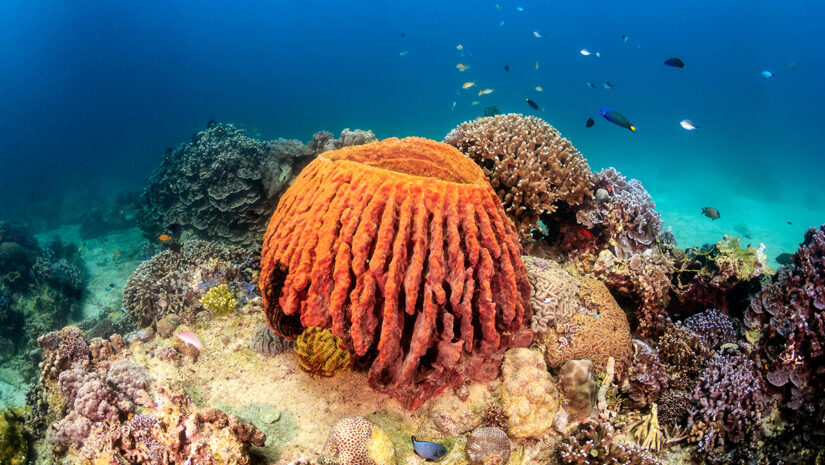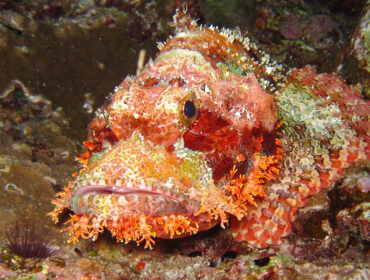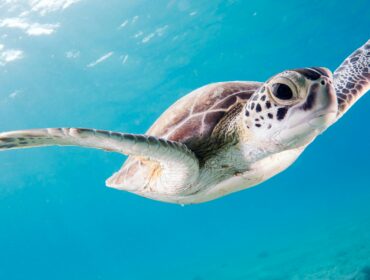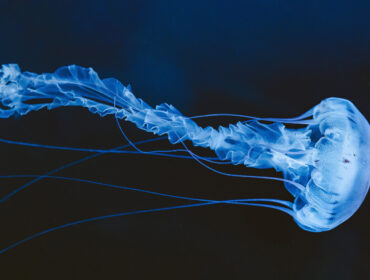For an organism that lacks nervous, digestive, and circulatory systems, the humble sea sponge is one of the oldest and most resilient ocean species on Earth. Lacking an actual skeleton, the sea sponge is a multicellular organism whose cells are capable of transforming into other types of cells that may be necessary for the sponge’s survival, whether it be for sexual reproduction, regeneration of its own body, or the production of gemmules, which are essentially “survival pods” that the sponge creates in deteriorating conditions, comprised of unspecialized cells that will form new sponges when conditions improve. Fossil evidence containing fundamental sea sponge cells dates back to as much as 700 million years old — no small feat for an animal with no discernible intelligence!
Their porous bodies are ideal for filter feeding, extracting nutrients from the water column, and expelling the rest. Although some sponges are carnivorous, feeding on small crustaceans in environments where food sources are scarce. Sponges are primarily sessile creatures, spending the entirety of their lives affixed to rocks and other hard surfaces, but should they be uprooted, there is little to stop them from starting all over again. Some sponges will even attack corals, poisoning the polyps so they can take over their skeletons as habitat. For a creature with no proper brain, we’d say the sea sponge is pretty clever when it comes to survival!





